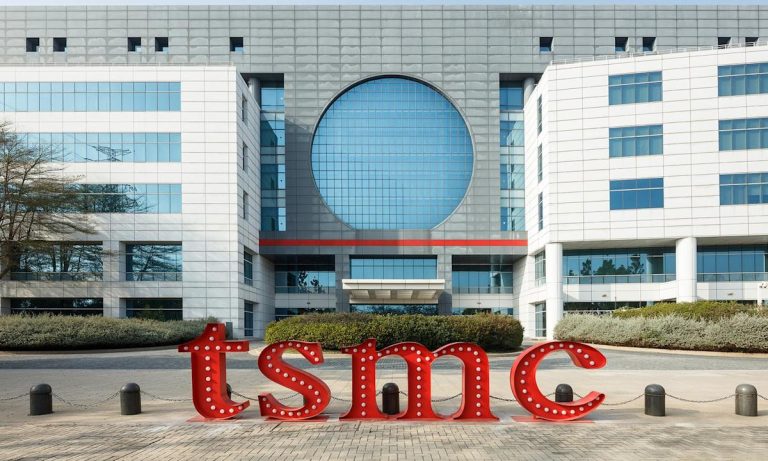-
President Donald Trump this week committed to a deadline of August 1 for tariffs to kick in.
-
The uncertainty posed by weeks of negotiations has sparked volatility in markets.
-
BI spoke with market experts to hear what they’re bullish and bearish on ahead of “T-Day.”
Investors waited anxiously for the July 9 tariff deadline only to be met with a new date of August 1, and while the window for negotiations has been pushed out, tariffs are likely still coming.
President Donald Trump committed to the new date this week, stating that no new extensions would be granted. His updates included a barrage of tariff letters to more than 20 countries, with threats of 25% tariffs on Japan and South Korea, 50% on Brazil, and 35% on Canada.
Even as investors hope that the TACO trade will save them again, market pros told Business Insider this week that there are ways to position for the coming deadline.
Here’s what they’re bullish and bearish on as the market barrels toward the August 1 “T-Day.”
Tariffs are aimed at benefiting companies that manufacture in the US. While it’s not certain to what extent factory jobs will return, there are some existing domestic industries with positive exposure to the trade war.
Trump’s 50% tariff on all copper imports announced this week, for instance, should point investors toward some specific areas of the market.
Henry Yoshida, CEO of Rocket Dollar, told Business Insider that he sees positive tailwinds for US copper producers, specifically Freeport-McMoRan and Souther Copper Corporation, two companies recently named by Morgan Stanley as likely winners.
“These companies, which specialize in copper, would benefit from increased pricing power as tariffs would make copper imports more expensive,” he stated.
Apart from Copper, Yoshida added that he sees growth ahead for tech companies that build semiconductors in the US. That industry is also set to benefit from the recently passed One Big Beautiful Bill Act, which includes a valuable tax credit for chipmakers.
“Chipmakers that predominantly have US-based manufacturing, such as Texas Instruments and Intel, could see upside gains as tariffs may shift demand to domestic suppliers.”
Julia Khandoshko, CEO of financial planning firm Mind Money, issued a similar perspective. “In the short term,” she said, “semiconductor companies like Intel and Nvidia could come out ahead, since the US will likely push harder for domestic chip production.”
Mark Malek, Chief Investment Officer at Siebert Financial, recently said that while much remains uncertain about tariffs, some sectors are particularly exposed to risks from the trade war.








